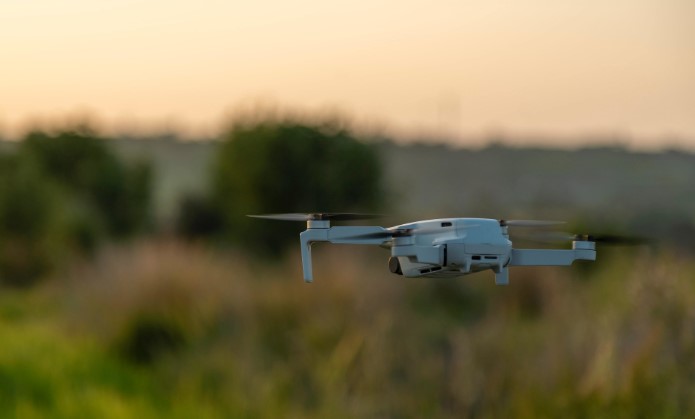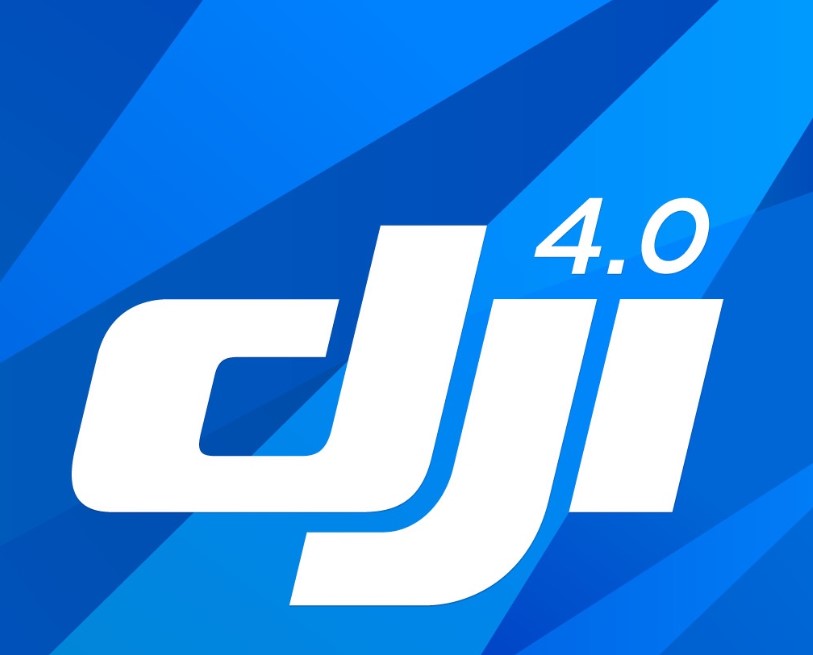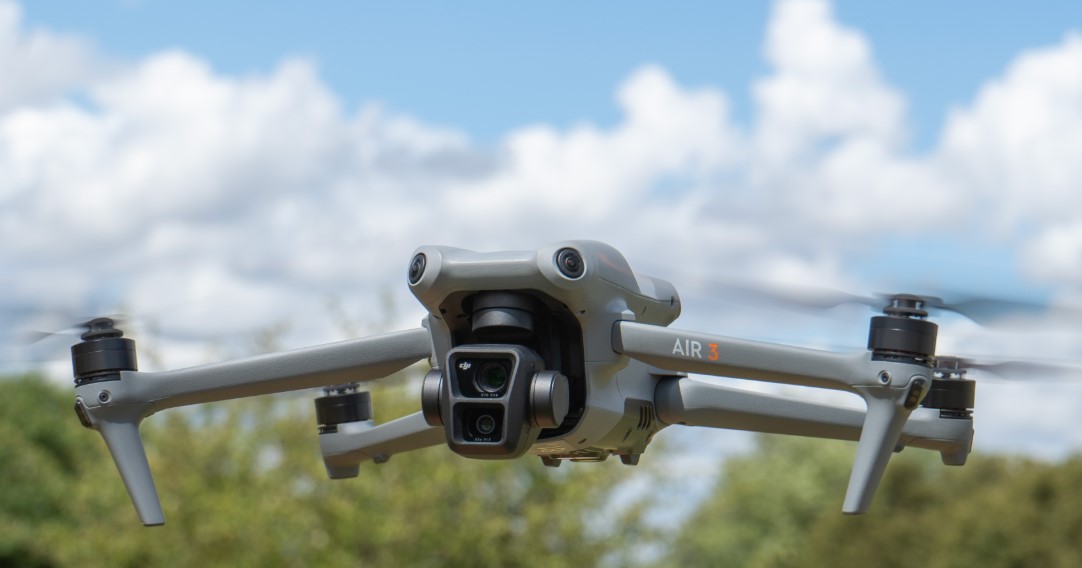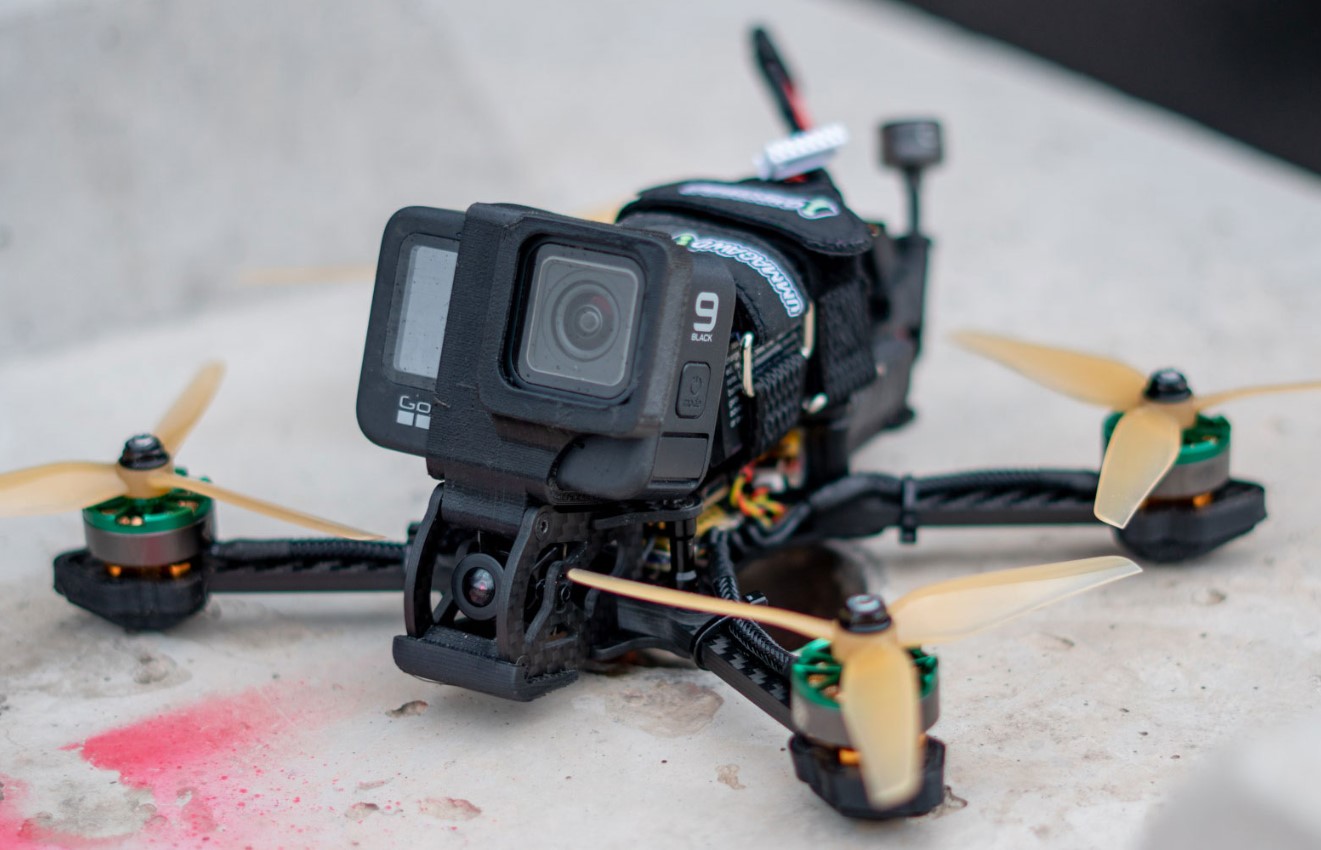The use of drones, or unmanned aerial vehicles (UAVs), by law enforcement agencies has significantly increased over the past decade. These devices offer unprecedented surveillance capabilities, allowing police to monitor large areas, track suspects, and gather evidence efficiently. However, the question of whether police can use drones without a warrant raises significant legal and ethical concerns. Balancing public safety with individual privacy rights is at the heart of this debate, and understanding the laws governing drone use is crucial in addressing this issue. Follow Dronevoz.com !!!
The Rise of Drone Use in Law Enforcement
Drones have become an essential tool for law enforcement due to their affordability, versatility, and advanced technological capabilities. They can capture high-definition images, record videos, and provide thermal imaging, making them ideal for search and rescue missions, crowd control, and surveillance of criminal activities. Moreover, drones offer a level of mobility and flexibility that traditional surveillance tools like helicopters or stationary cameras cannot achieve.
According to the American Civil Liberties Union (ACLU), over 1,000 police departments across the United States have adopted drone technology. Law enforcement agencies argue that drones improve public safety, reduce operational costs, and allow for safer and more effective policing. However, critics argue that unrestricted drone use can infringe on Fourth Amendment rights, which protect individuals from unreasonable searches and seizures.
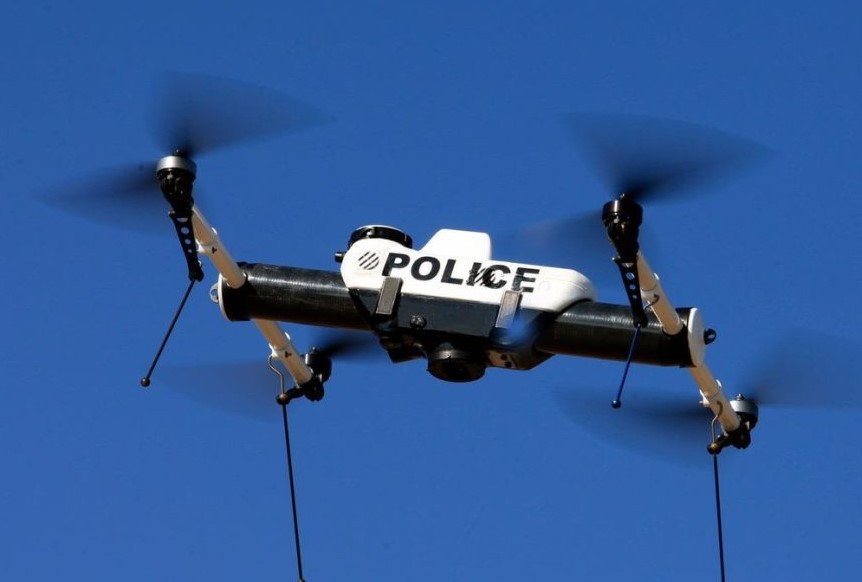
Understanding the Fourth Amendment and Privacy Rights
The Fourth Amendment to the United States Constitution states:
“The right of the people to be secure in their persons, houses, papers, and effects, against unreasonable searches and seizures, shall not be violated, and no Warrants shall issue, but upon probable cause, supported by Oath or affirmation, and particularly describing the place to be searched, and the persons or things to be seized.”
This amendment serves as the foundation for determining whether police require a warrant to conduct surveillance, including the use of drones. Generally, any search that invades a person’s reasonable expectation of privacy requires a warrant supported by probable cause. However, the interpretation of what constitutes a “reasonable expectation of privacy” has evolved significantly over time, particularly in light of new surveillance technologies.
Drone Use and Warrant Requirements: Legal Precedents
There is no clear-cut federal law that explicitly outlines when police can use drones without a warrant. Instead, courts rely on legal precedents and interpretations of the Fourth Amendment. Two major Supreme Court cases are often cited when examining the legality of drone surveillance:
- California v. Ciraolo (1986): In this case, the Supreme Court ruled that police officers did not violate the Fourth Amendment when they used a small airplane to observe a homeowner’s backyard from public airspace without a warrant. The Court reasoned that the homeowner’s expectation of privacy was not reasonable because the area was visible from above.
- Kyllo v. United States (2001): In contrast, the Supreme Court held that the use of thermal imaging technology to monitor the interior of a home constituted a search under the Fourth Amendment, requiring a warrant. The Court emphasized that using advanced technology to gain information about activities inside a home invades a reasonable expectation of privacy.
These cases demonstrate that courts often differentiate between surveillance conducted from public spaces (e.g., airspace) and technology that intrudes upon private areas. Drones present a unique challenge because they combine both aspects: they operate in public airspace but are capable of capturing detailed information about private spaces.
>>> Read More: How to Spot a Police Drone at Night?
Situations Where Police Can Use Drones Without a Warrant
In practice, there are certain situations where law enforcement agencies may be allowed to use drones without obtaining a warrant:
- Public Spaces: Police can use drones to monitor activities in public areas where individuals have no reasonable expectation of privacy. For example, drones can be deployed during public protests, parades, or to monitor traffic and large crowds.
- Exigent Circumstances: Courts have recognized exceptions to the warrant requirement in cases of exigent circumstances, where immediate action is necessary to prevent imminent harm, destruction of evidence, or escape of a suspect. For example, if a person is missing, police may use drones to aid search and rescue efforts without first obtaining a warrant.
- Plain View Doctrine: If police observe illegal activities in plain view while using a drone in public airspace, they may not need a warrant to collect evidence. For instance, a drone capturing drug production in an open backyard could fall under this exception.
- Consent: If property owners voluntarily give police permission to conduct drone surveillance, a warrant is not required.
However, these exceptions are not absolute. The courts will scrutinize each situation to determine whether the police acted within the bounds of the Fourth Amendment.
The Risk of Overreach and Privacy Violations
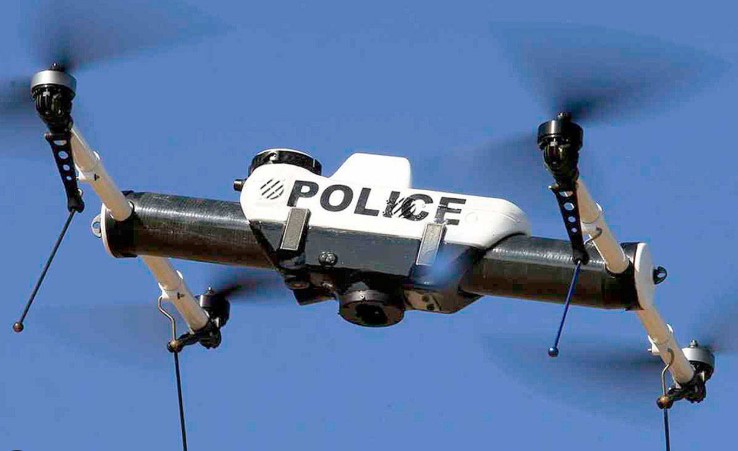
Despite their benefits, drones pose significant risks to privacy and civil liberties. Critics argue that drones enable mass surveillance, allowing police to monitor individuals without their knowledge or consent. The ability to hover silently, capture high-resolution images, and use facial recognition technology exacerbates these concerns.
The ACLU has warned that drone use without proper regulations can create a “surveillance society,” where individuals feel constantly watched. This chilling effect on personal freedom undermines democratic values and raises ethical questions about the balance between security and privacy.
State Laws on Drone Use
To address these concerns, many states have enacted laws regulating police use of drones. For example:
- Florida: Under the Freedom from Unwarranted Surveillance Act, law enforcement agencies must obtain a warrant before using drones for surveillance, except in emergency situations.
- North Dakota: Police are prohibited from using drones equipped with weapons, and a warrant is required for surveillance purposes.
- California: State law requires law enforcement agencies to obtain approval from local governing bodies before acquiring drones and to implement policies ensuring transparency and accountability.
These state-level laws aim to provide clearer guidelines for police while safeguarding citizens’ privacy rights. However, the lack of uniform federal regulations creates inconsistencies across jurisdictions.
The Need for Clear Federal Regulations
Given the rapid adoption of drone technology, there is an urgent need for comprehensive federal regulations to govern police use of drones. Such regulations should address:
- Warrant Requirements: Establish clear rules on when police must obtain a warrant for drone surveillance.
- Data Retention and Use: Limit how long drone-captured data can be stored and restrict its use to legitimate law enforcement purposes.
- Transparency and Accountability: Require police departments to disclose drone use policies, obtain public input, and report drone deployments.
- Technology Limitations: Prohibit the use of drones equipped with facial recognition, weapons, or other invasive technologies without proper oversight.
Conclusion
The question of whether police can use drones without a warrant is complex and depends on the specific circumstances and legal interpretations of the Fourth Amendment. While drones offer significant benefits for law enforcement, including improved public safety and operational efficiency, their use must be carefully regulated to prevent privacy violations and overreach.
The balance between security and privacy is delicate, and courts, lawmakers, and society must work together to establish clear guidelines. By implementing robust regulations, we can ensure that drone technology is used responsibly, protecting both public safety and individual freedoms. The evolving nature of this issue underscores the importance of ongoing dialogue and vigilance in the face of advancing technology.
